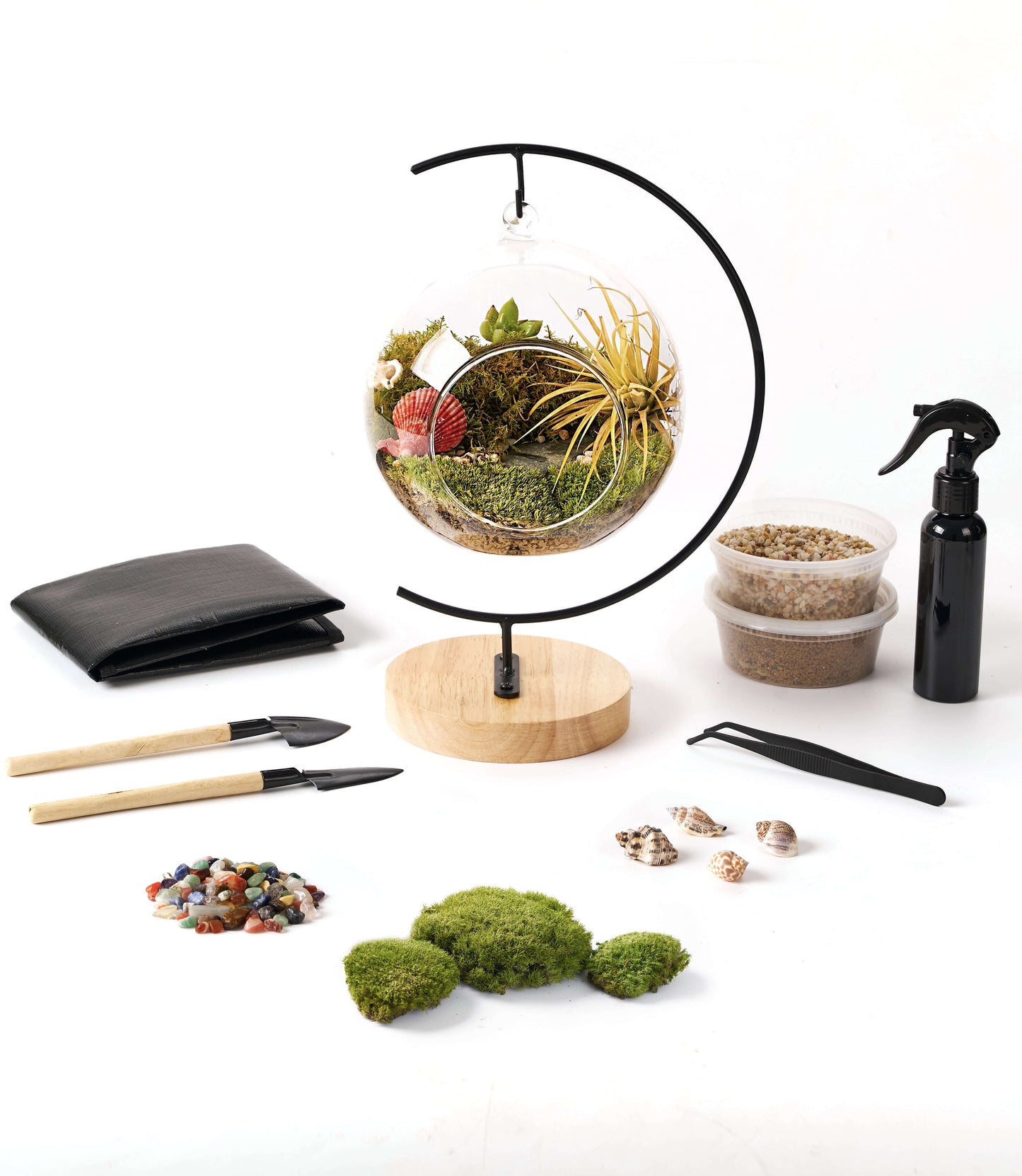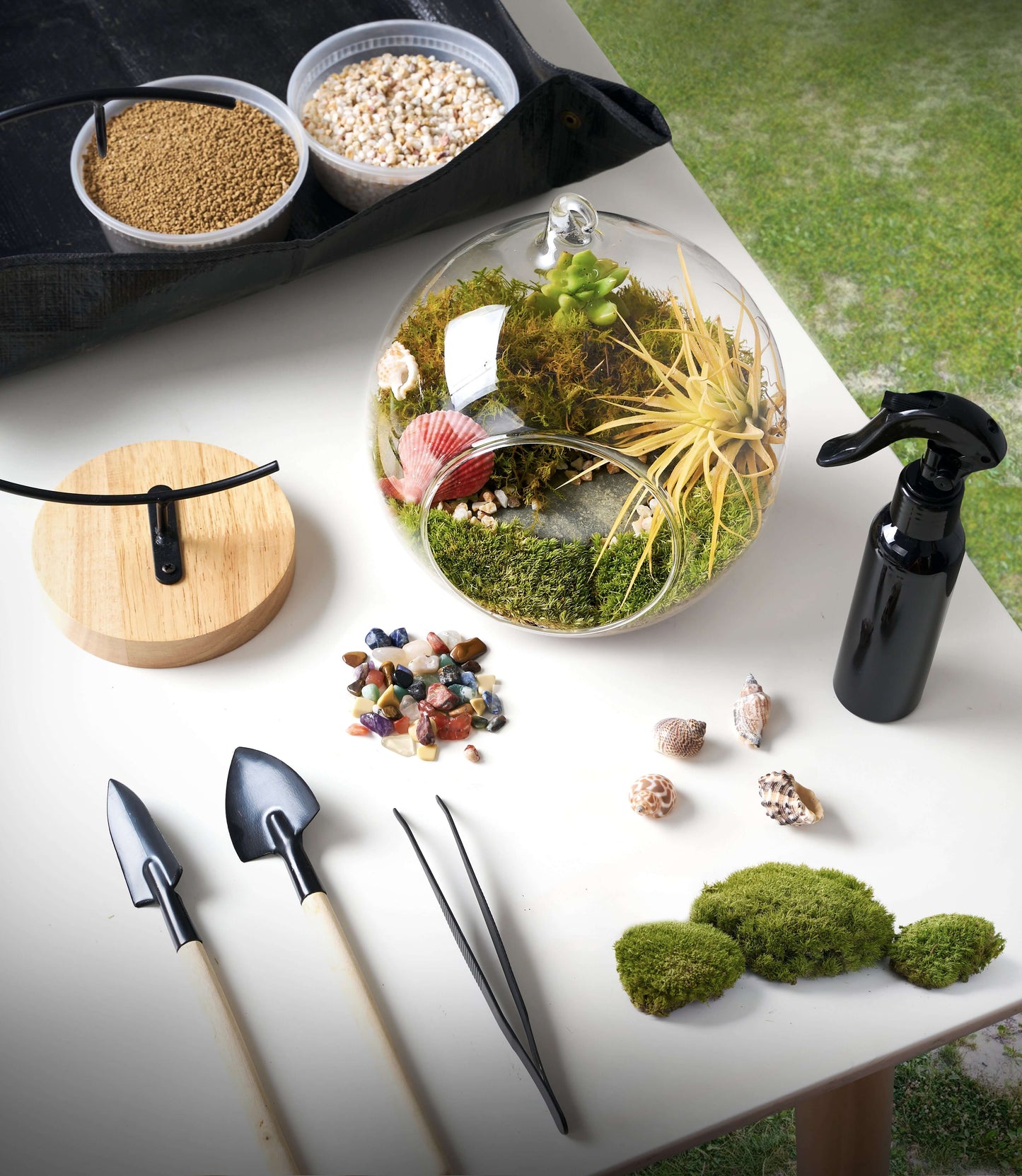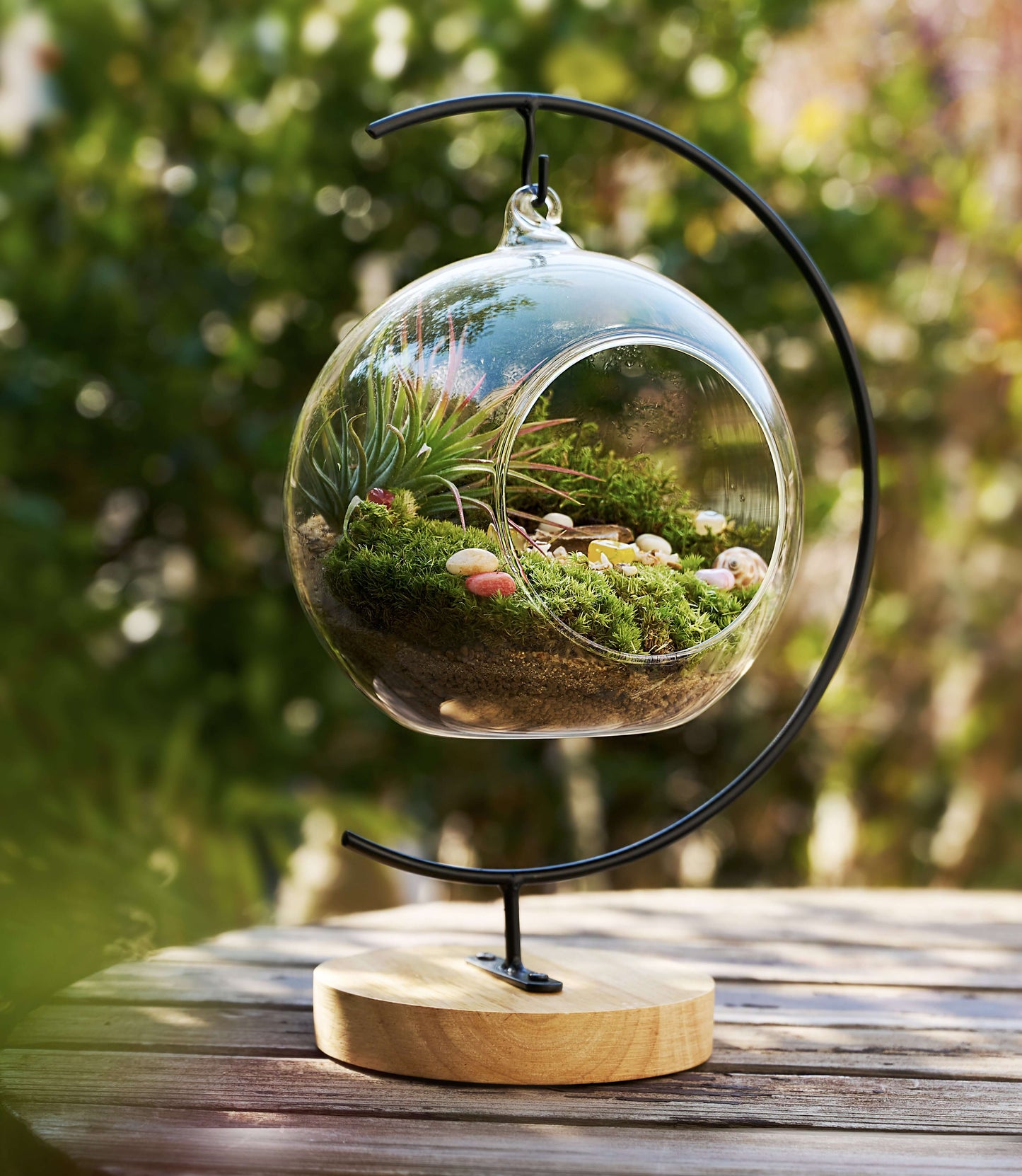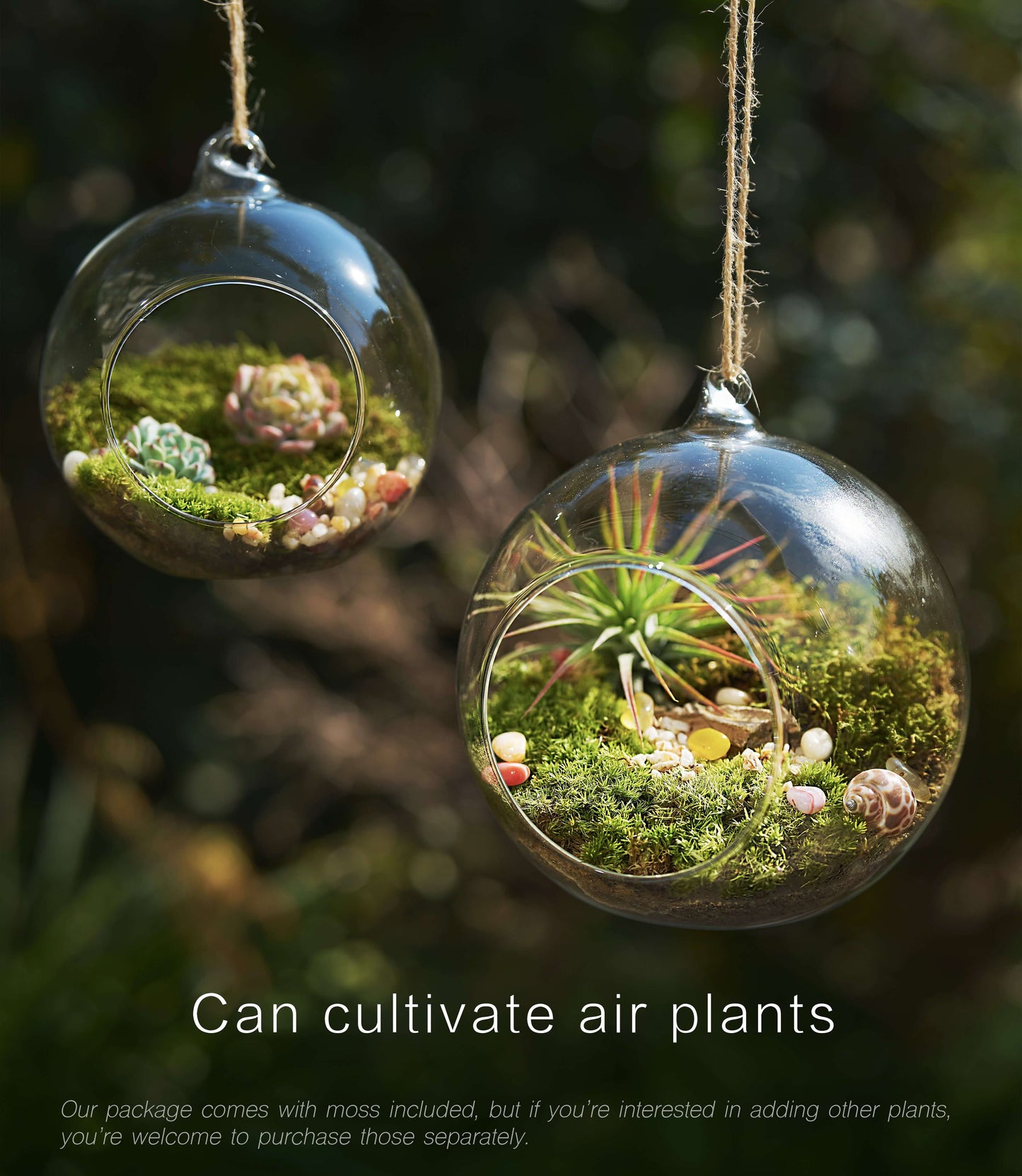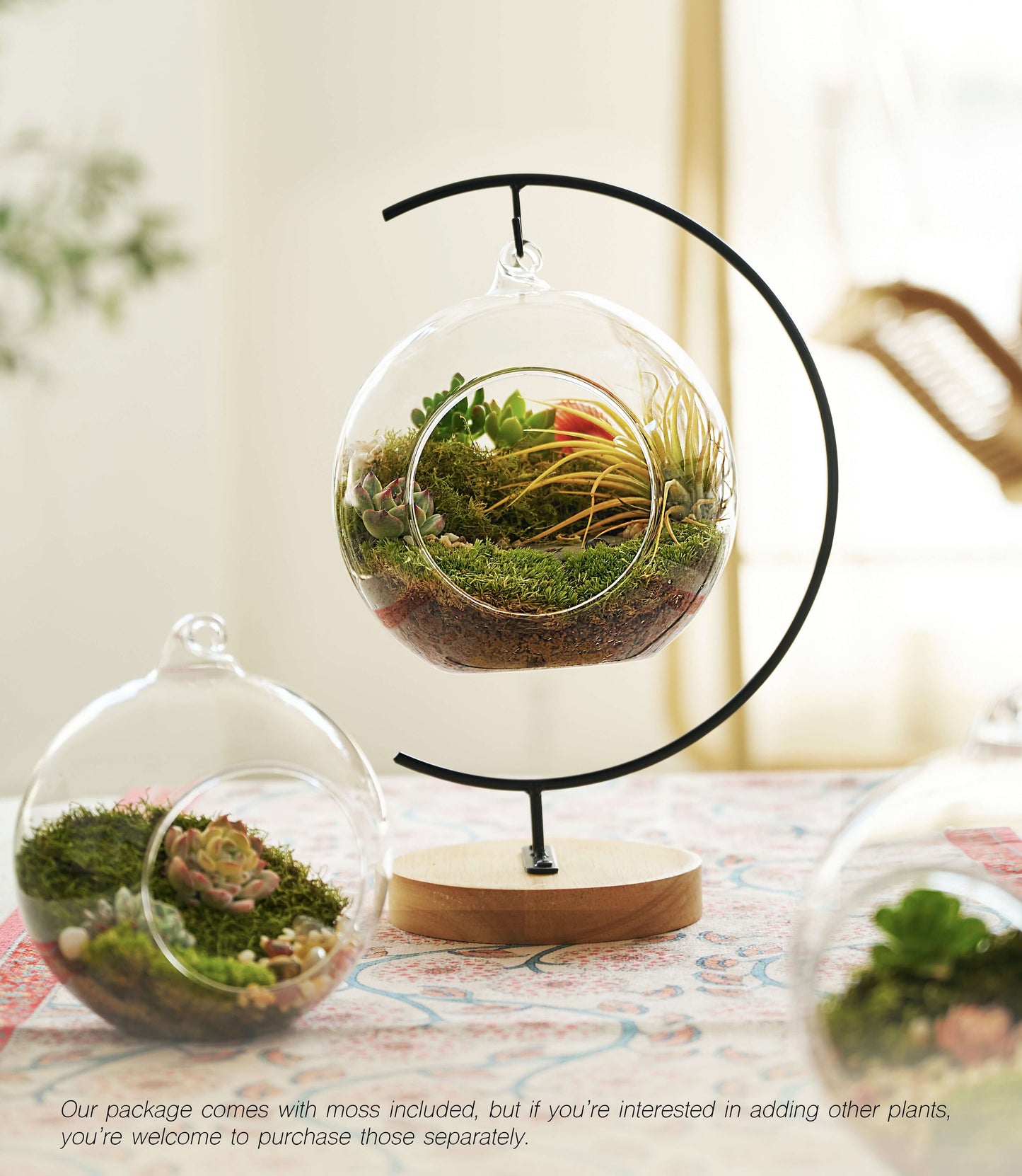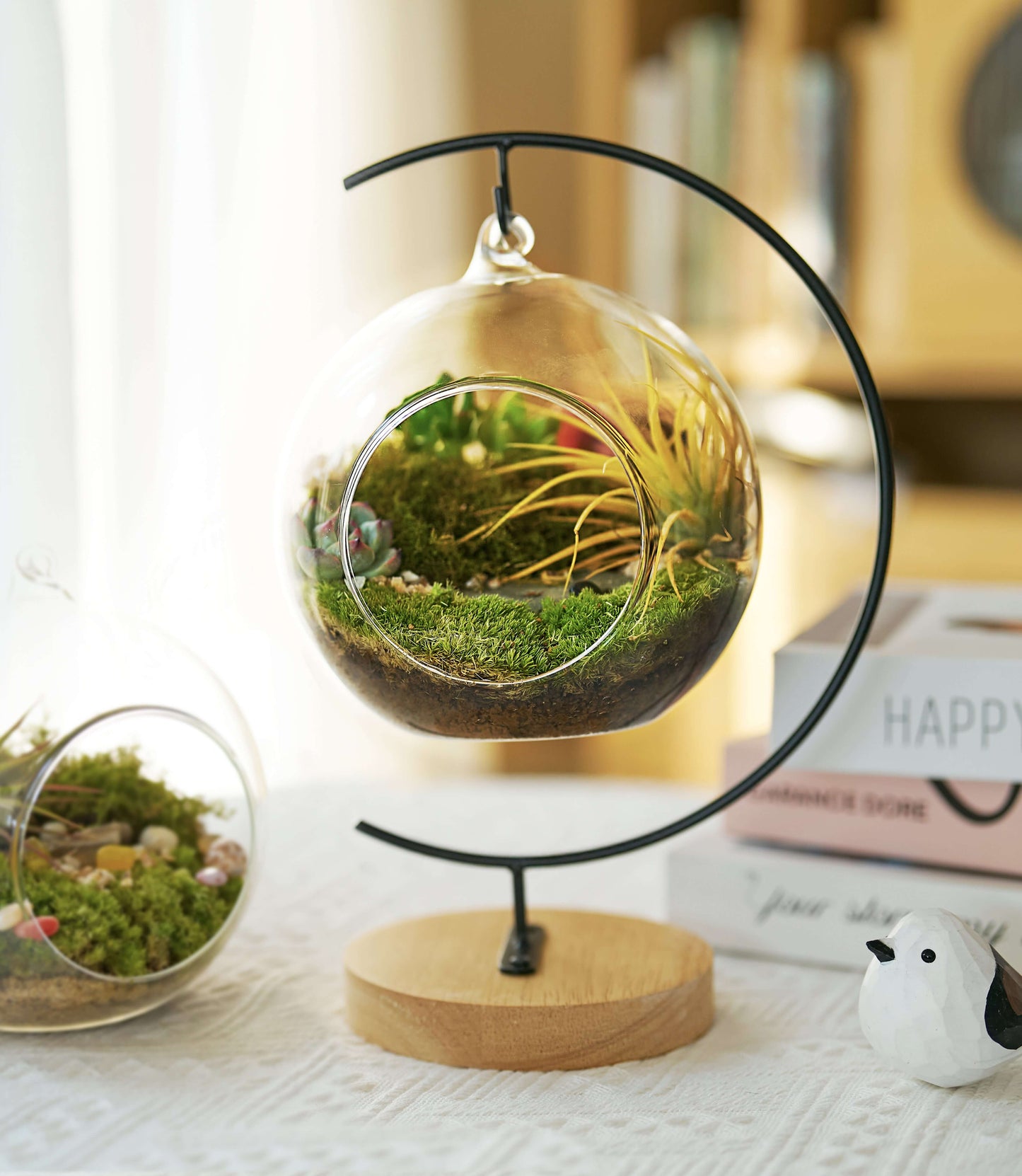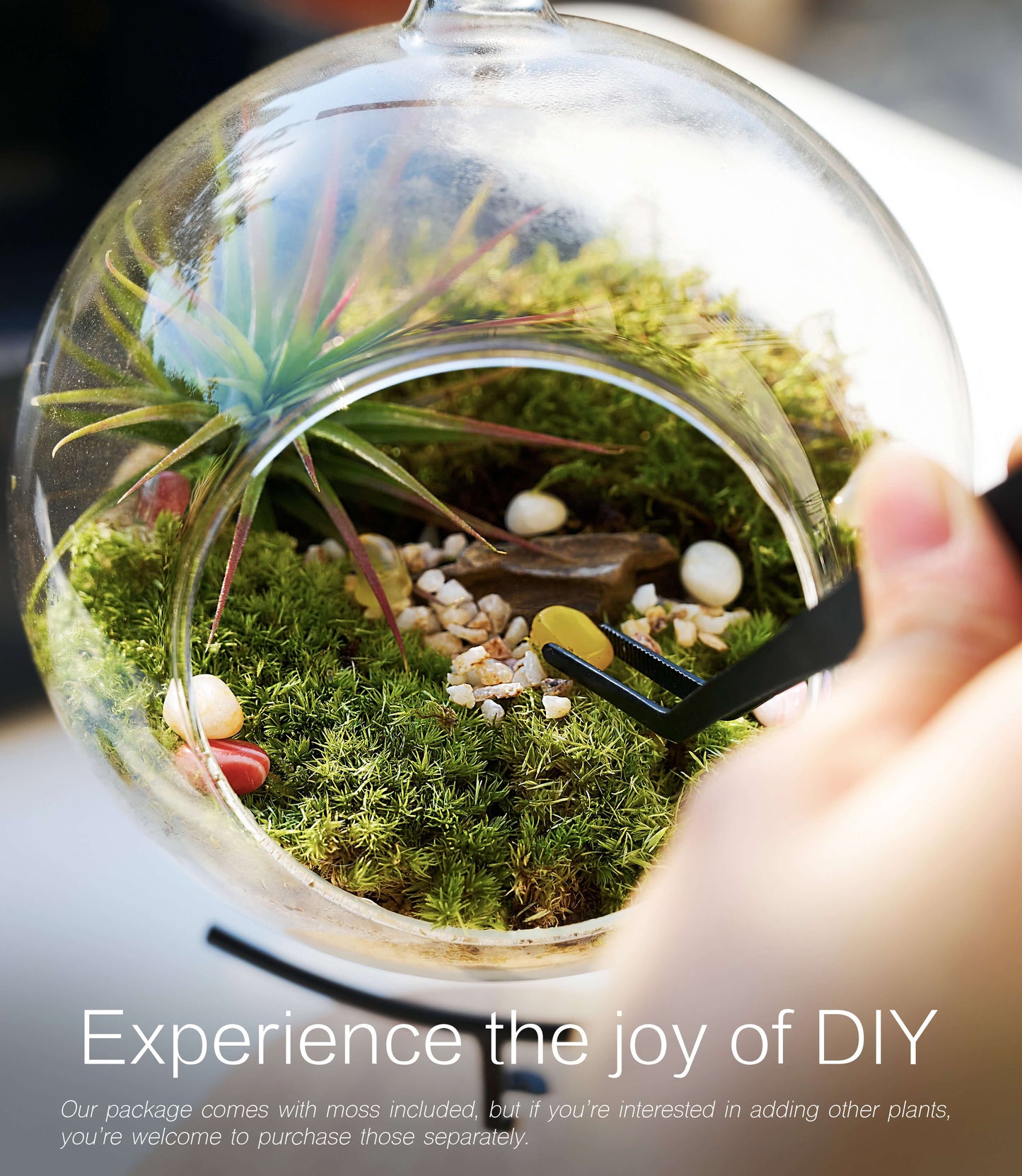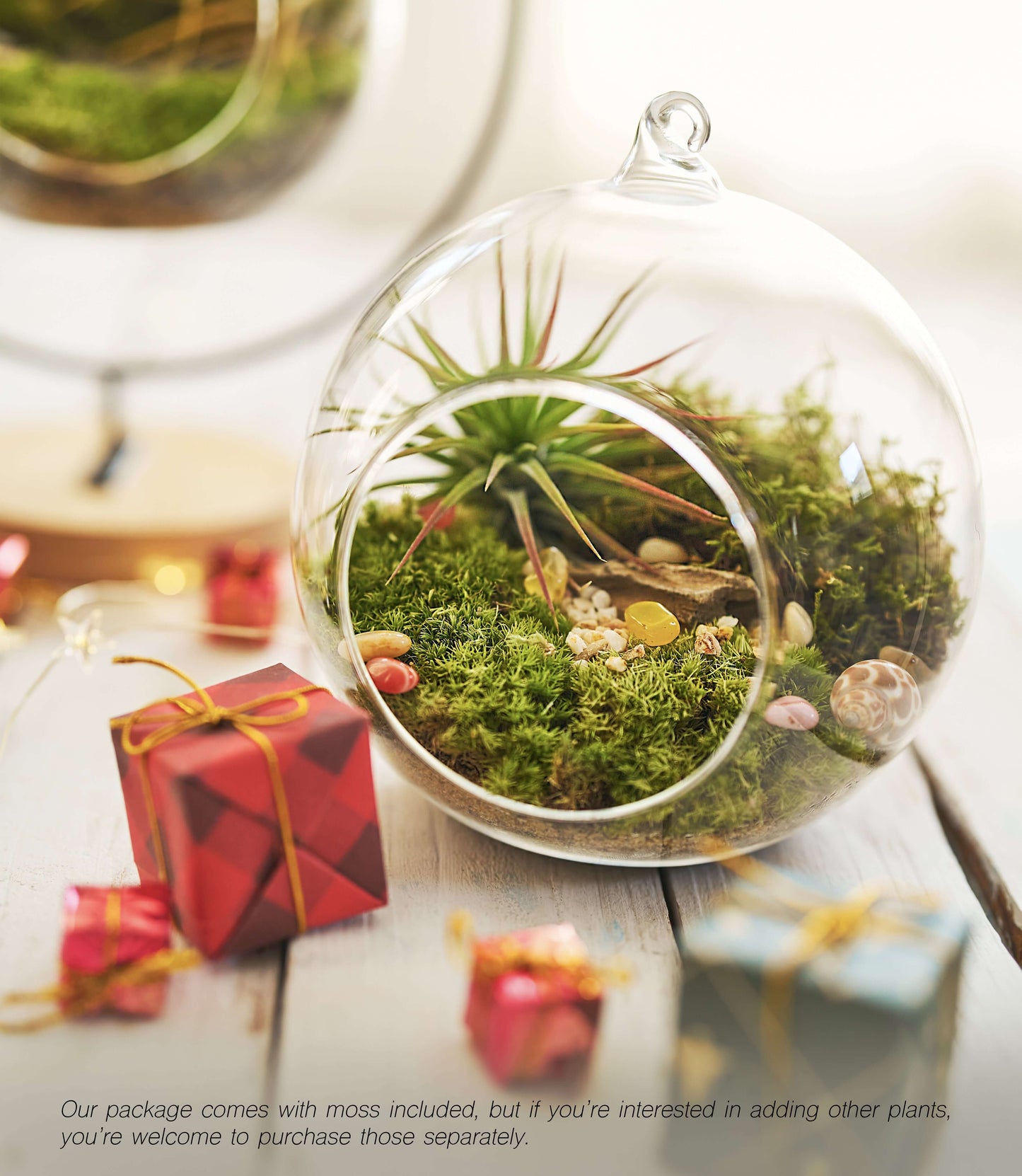Live Rock Cap Moss Moss – Care, Uses & Buying Guide
Introduction to Moss Varieties
Live Rock Cap Moss lives up to its name—this live rock cap moss thrives on rocky surfaces, clinging to stones, logs, and deadwood with remarkable resilience. Its tufted, dense clumps adapt beautifully from shady woodland slopes to open rockeries, offering a durable, forest-floor aesthetic.
This shade-loving, drought-tolerant moss flourishes in both low light and scattered sunshine, making it perfect for terrariums, fairy gardens, and vivariums as well as outdoor moss rock features, miniature landscapes, and low-water gardens. Placed over stone, it crafts an instantly wild, natural feel—or plant it in a shallow dish for an effortless living accent.
Practical too: low‑maintenance ground cover requires minimal watering once established and resists weather extremes elegantly. Its subdued elegance and eco‑friendly groundcover traits make Rock Cap Moss a versatile, understated addition to any natural décor or landscape design.
Main Types of Live Moss
The core types of rock cap mosses all possess a distinct "lithophile gene," which can be summarized as: they don't cling to fertile soil and thrive in a symbiotic relationship with rock.
Racomitrium moss: The "cold-tolerant pioneer" among rock cap mosses. Its leaves are covered in a dense layer of fine white hairs, allowing it to survive on high-altitude rock faces or rocks in cold regions, even when covered in ice and snow. Its resilience is far superior to that of most warm-loving mosses.
Dicranum moss: Growing close to rock yet exuding a "stubborn" quality. Its dense, dark green with brown leaves form mats that resist falling over in wind and sun. On exposed rock faces, it is more durable than sheet mosses and, unlike mat mosses, relies less on stable humidity.
Polytrichum juniperinum: Resembling a "cluster of small needles" on rock, its leaves are stiff and ridged, making it highly adept at rooting into rock crevices. When drought-resistant, its leaves curl inward to lock in water, then expand again when exposed to water, making it more drought-resistant than moisture-loving mosses.
They never seek to spread out into a carpet or puff up into a ball of fluff, but instead are like "green armor" tailor-made for the rocks, relying on the temperature difference and dew of the rocks to survive. This hardcore survival ability of "taking stone as home" is the most essential difference between them and other mosses.
Growing Conditions & Care Guide
FAQ
1. Does rock cap moss really only grow on rocks?
No, live rock cap moss primarily prefers rocky surfaces but is not exclusive to them. It commonly grows on rock faces, coarse soil, dead wood, and even bark in crevices—thriving on breathable, well-drained substrates, not just solid stone.
2. Can rock cap moss be grown successfully indoors?
Yes, rock cap moss can be grown indoors when its natural rock microenvironment is mimicked. Use breathable stone pots or glass containers layered with gravel, provide diffused light (avoid direct sun), and mist occasionally for moisture. Ensure good ventilation and avoid overwatering to prevent rot.
3. Does rock cap moss grow quickly?
Not rapidly. Unlike sheet moss, rock cap moss is slow to spread—it thickens gradually, forming a resilient “green armor” that clings to rocky substrates. In the right conditions, it can persist and even spread slowly in place for years.
4. Will it freeze to death in winter?
Most species, like Racomitrium lanuginosum, are extremely cold-tolerant. While their leaves may darken or curl in frost, they unfurl and revive when moisture returns—making them more frost-resilient than many moss types.
5. Can it be grown with other plants?
Yes—rock cap moss pairs well with drought-tolerant rock-loving plants (e.g., succulents, Crassulaceae) that share its low-moisture needs. It thrives in rocky bonsai or terrarium environments. Avoid mixing with moisture-loving mosses (like sheet moss) to prevent conflicting water requirements and compromised growth for one of the species.
{ "@context": "https://schema.org", "@type": "FAQPage", "mainEntity": [ { "@type": "Question", "name": "Does rock cap moss really only grow on rocks?", "acceptedAnswer": { "@type": "Answer", "text": "No, live rock cap moss primarily prefers rocky surfaces but is not exclusive to them. It commonly grows on rock faces, coarse soil, dead wood, and even bark in crevices—thriving on breathable, well-drained substrates, not just solid stone." } }, { "@type": "Question", "name": "Can rock cap moss be grown successfully indoors?", "acceptedAnswer": { "@type": "Answer", "text": "Yes, rock cap moss can be grown indoors when its natural rock microenvironment is mimicked. Use breathable stone pots or glass containers layered with gravel, provide diffused light (avoid direct sun), and mist occasionally for moisture. Ensure good ventilation and avoid overwatering to prevent rot." } }, { "@type": "Question", "name": "Does rock cap moss grow quickly?", "acceptedAnswer": { "@type": "Answer", "text": "Not rapidly. Unlike sheet moss, rock cap moss is slow to spread—it thickens gradually, forming a resilient “green armor” that clings to rocky substrates. In the right conditions, it can persist and even spread slowly in place for years." } }, { "@type": "Question", "name": "Will it freeze to death in winter?", "acceptedAnswer": { "@type": "Answer", "text": "Most species, like Racomitrium lanuginosum, are extremely cold-tolerant. While their leaves may darken or curl in frost, they unfurl and revive when moisture returns—making them more frost-resilient than many moss types." } }, { "@type": "Question", "name": "Can it be grown with other plants?", "acceptedAnswer": { "@type": "Answer", "text": "Yes—rock cap moss pairs well with drought-tolerant rock-loving plants (e.g., succulents, Crassulaceae) that share its low-moisture needs. It thrives in rocky bonsai or terrarium environments. Avoid mixing with moisture-loving mosses (like sheet moss) to prevent conflicting water requirements and compromised growth for one of the species." } } ] }
Collections
-

Buy Live Sheet Moss – Fresh Moss for Terrariums, Orchids & Home Decor
Bring nature into your home with our fresh Live Sheet Moss. Perfect...
-

Buy Live Cushion Moss – Natural Dome Moss for Terrariums, Bonsai & Indoor Décor
Bring a lush, soft green touch to your projects with Live Cushion...
-

Buy Live Fern Moss – Lush Green Moss for Terrariums, Vivariums & Natural Décor
Fern Moss is a vibrant, feathery-textured moss that adds softness and a...
ICRAFT
15-Piece Terrarium Kit with Live Moss – DIY Glass Globe Set with Tools, Soil, Stones & Spray Bottle – Indoor Mini Garden Gift for Plant Lovers, Home Decor & Zen Craft
